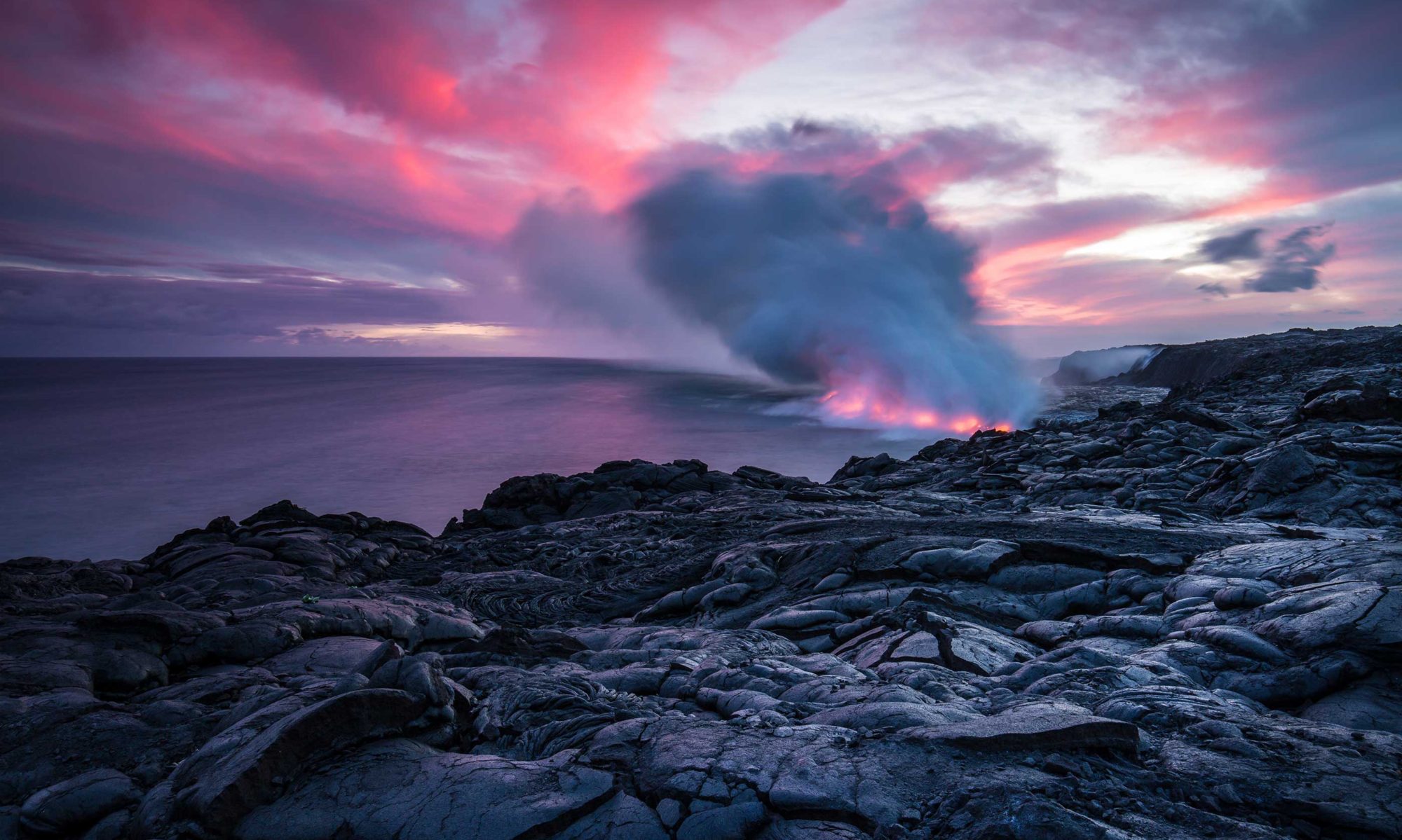Currently, most thinking is around the threat of a massive volcanic eruption, However, a team of experts now argues that too much focus is on the risks of these rare volcanic explosions, while far too little attention is paid to the potential domino effects of moderate eruptions in key parts of the planet.
Continue reading “Volcano cascade”Supereruption and human evolution
A massive volcanic eruption in Indonesia about 74,000 years ago likely caused severe climate disruption in many parts of the globe, but early human populations were sheltered from the worst effects, according to a new study led by Rutgers.
Continue reading “Supereruption and human evolution”Lava lamp tectonics
Jay Chapman, a professor at the University of Wyoming, has used computer modeling to propose that sand and mud subducted of the coast of California around 75 million years ago returned to the Earth’s crust by rising through the mantle as enormous lava lamp like blobs.
Continue reading “Lava lamp tectonics”Analyzing volcanoes
A team of geologists and geophysicists, led by the University of Geneva, Switzerland, has studied what causes a volcano to erupt and why some erupt regularly, while others remain dormant for thousands of years. They determined that most of the magma rising from depth actually does not cause a volcanic eruption.
Continue reading “Analyzing volcanoes”Earth swallowing up carbon
Scientists from Cambridge University and NTU Singapore have discovered that slow-motion collisions of tectonic plates drag more carbon into Earth’s interior than previously thought.
Continue reading “Earth swallowing up carbon”Predicting supervolcanoes
Scientists say it is extremely challenging to try and predict when a supervolcano might erupt. There is not a single model which can describe how these catastrophic events happen.
Continue reading “Predicting supervolcanoes”Magma chamber union
The nature and growth of magmatic plumbing systems are very important to geology. Traditionally, magma chambers have been viewed as bodies of molten rock or partially crystallized ‘magma mush’ connected to the surface by a narrow cylindrical conduit.
Continue reading “Magma chamber union”Volcano mush reservoirs
A new study finds that volcanoes are not fed by molten magma formed in large chambers, overturning previous ideas about volcanic eruptions.
Continue reading “Volcano mush reservoirs”Surprise undersea volcano
In a new study, scientists suggest that a seamount found previously west of Peru could represent a completely new type of seafloor volcanism, fueled by a hidden, shallow reservoir of magma. Evidence of isolated volcanism such as this could provide a unique window into Earth’s interior.
Continue reading “Surprise undersea volcano”Deep-rooted volcano plumbing
Cardiff University scientists have revealed the depth and magnitude of the internal ‘plumbing system’ that drives volcanic activity around the world.
Continue reading “Deep-rooted volcano plumbing”
